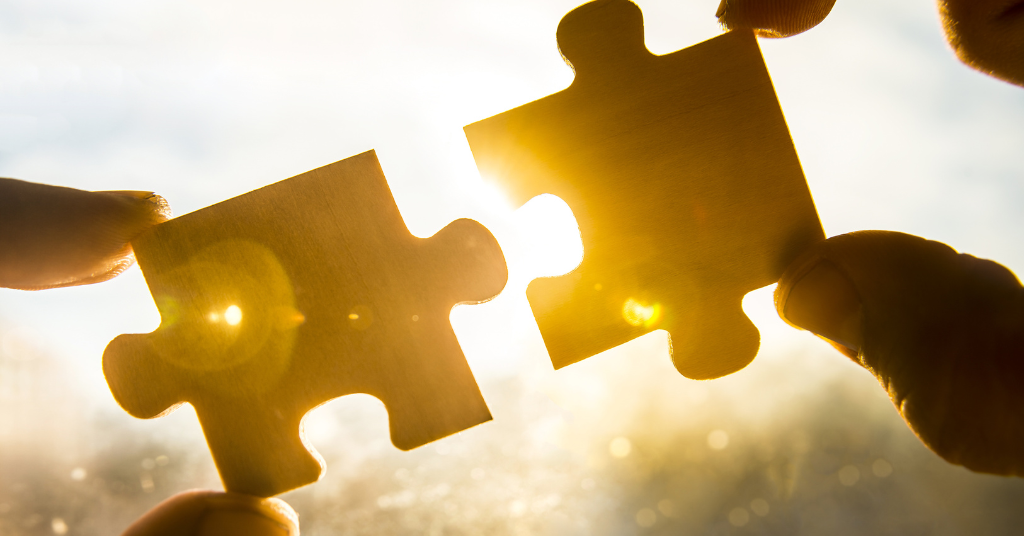
Learning guitar with a hearing loss
May 22, 2020
Phonak hEARo Toyosi empowers community on social media
May 27, 2020Tips for communicating with the deaf community when wearing a face mask

Hearing loss and deafness affect millions of individuals worldwide every single day, posing a slew of communication challenges for many.
However, these challenges have increased greatly since the use of face masks per recommendations set forth the Center for Disease Control (CDC). While these masks are necessary in order to limit the potential spread of COVID-19, there have been many challenges with face masks for the deaf community as they attempt to communicate in a newly masked world.
Susan Lacke addresses the challenges with face masks for the deaf community in an article she wrote for NBC highlighting her own personal experiences.
“For the 466 million deaf and hard-of-hearing individuals worldwide who learned to accommodate a world designed around the hearing, the goalposts we were used to reaching have now moved,” Lacke says. “Accessibility has become even more of an afterthought than before; people like me are being shut out.”
To shed some light on this, let’s dig into the challenges that are contributing to this very statement.
Challenges with face masks for the deaf community
Our primary ways of communication have become invisible
The two major challenges that come with the use of traditional face masks include not being able to lipread and/or see one’s facial expressions. These are two things that many in the deaf and hard of hearing community rely on for daily communication. When the face is not visible preexisting challenges are amplified.
Not all can/will accommodate our needs
While multiple individuals are creating face masks for the deaf community including clear windows on the mask, unfortunately, not every single person has access to these masks. Particularly the general public who are attempting to communicate with us. Not only due to the shortage in masks but also due to the hearing world not understanding the need for them specifically to wear these masks. They may believe they’re strictly for the deaf and hard of hearing community even though it’s really for the hearing community to communicate with this population.
Many with deafness or hearing loss cannot hear or hear clearly from a distance
For instance, in a grocery store when someone is wearing a mask and is also 6 feet away and asks a question, we may not even realize someone is talking to us. If we do, interpreting what they said is difficult due to the face and mouth being covered as well as muffled speech that distorts sounds and pronunciation. One way to put it into perspective is coverage + distance = misinterpretation. Even though masks and distance are necessary during this time, this shows how someone with hearing loss can easily miss someone talking to them or misunderstand.
Background noise can hinder direct communication
For many with hearing loss, background noise poses a great challenge as it can be difficult to focus on the sound in front of you when the background is taking over.
Solutions to make pandemic life more accessible
There are multiple factors such as those just discussed that play a major role in the challenges of those with hearing loss when it comes to trying to communicate effectively behind a mask. Fortunately, though, there are simple solutions that the hearing community, as well as the deaf and hard of hearing community, can implement to make the burden a little less.
For the public:
Use visual cues to signal someone and get their attention, especially if it appears that they did not hear you
Many deaf and hard of hearing individuals rely on visual cues to communicate as well. A simple wave can help let the person know that you are trying to speak to them.
Try to speak loud enough so the person can hear you
If you have a hard time hearing yourself, a person with hearing loss most likely will have a hard time as well. You don’t have to scream but you may have to speak just a little louder than usual.
Gesture if possible
While this depends on the context and environment, you don’t have to know fluent sign language or learn an entirely new language to be able to communicate with or accommodate a deaf or hard of hearing individual. Simple gestures are often self-explanatory and can be helpful while communicating.
Write it out if you can
If you’re in an environment where you can write out what you are saying whether it’s on paper or a phone, this may be helpful and much less frustrating for both you and the deaf or hard of hearing person and avoid misunderstanding.
Ask the individual directly what would help them
If you know a deaf or hard of hearing individual, ask them if they have a preferred mode of communication or if there’s something that you can do to accommodate them and communicate more effectively. All deaf and hard of hearing individuals are unique and prefer different modes of communication.
Be patient
It can be hard in the moment to realize that someone may have simply not heard you or easy to become frustrated when someone is not understanding but please be patient. If you run into this situation in a grocery store or elsewhere, please don’t take it personally. We are not ignoring you. We simply cannot hear you. Due to this, we may respond to something that does not align with what you said. Keep in mind that this is a struggle even for those who are hearing as well. Many individuals; hearing, deaf, and hard of hearing alike may utilize facial expressions to understand a person’s emotion or see faces when they’re talking to someone. We all miss things sometimes and these guidelines can pose challenges for many. However, with patience and acceptance, it can work.
For the deaf and hard of hearing community:
Don’t be afraid to speak up
There’s nothing wrong with letting someone know you’re deaf or have hearing loss. It allows others to be aware of it and know why you may not hear or understand them. It’s okay to ask for repetition or clarification if needed.
Let those around you know what you need
At work or in the home etc., let people know what you need or what would help you to be able to understand and communicate more effectively. Whether it’s using a messaging system, email, writing, instead of calling or speaking verbally. Whatever it is that works for you personally, let others know how they can accommodate you.
Wear a mask that states you are deaf or hard of hearing so people know
Of course, this is a personal choice but may be helpful for some as it brings awareness to let others know that you simply may not hear them.
Use gestures to show you cannot hear
If someone is attempting to communicate with you and you cannot hear or understand, gesture to your ear to indicate that you cannot hear what they’re saying. Most are aware of these general gestures and will understand what you’re saying.
Be patient with yourself too
Trying to cope with these challenges that have suddenly become even more challenging than they already were can be frustrating, to say the least. It may feel like you’re losing your patience and it’s easy to become so frustrated; I’ve been there many times, especially with this particular situation. I even blamed myself at times for replying to something that was so far from what the person said. Or neglecting to acknowledge them simply because I didn’t hear them or know that they were talking to be but remember, it’s not you.
As mentioned, even those without hearing loss are having these difficulties but it can be even harder for someone with hearing loss or deafness. Don’t beat yourself up, it’s OK not to hear! It’s okay to misunderstand. You’re human.
Bottom Line
We’re all in this together. During this time of uncertainty, frustration, and overwhelm, we can support each other through patience, empathy, and acceptance. For the hearing community, even if you think there’s nothing you can do, there’s always something. While you may not speak our language, kindness is a language we all understand and your effort means the world to us. Even taking the minor measures mentioned in this article can make a huge difference. For the deaf and hard of hearing community, you’re not alone. All together we can help alleviate these unprecedented and even pre-existing challenges; even behind the mask and six feet apart.



